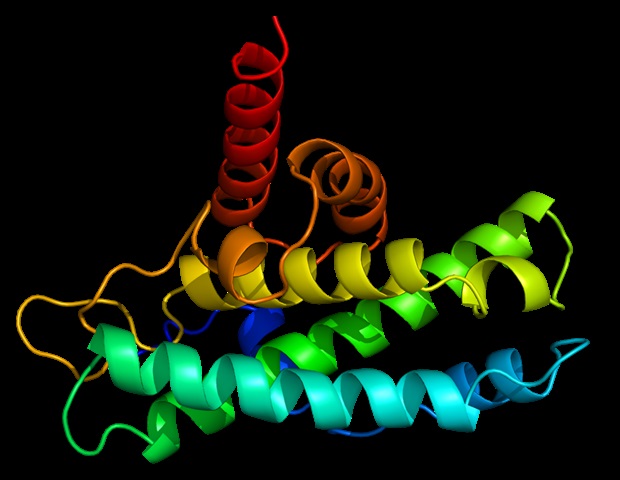
In a groundbreaking study, scientists at the CeMM Research Center for Molecular Medicine of the Austrian Academy of Sciences have mapped genetic mutations in the SLC13A5 gene, shedding light on its link to a severe form of epileptic encephalopathy. The research, published in Science Advances, provides new insights into the disease mechanisms and opens avenues for further exploration into epilepsy and related disorders.
The SLC13A5 gene encodes a membrane transport protein crucial for the uptake of citrate, a key player in neuronal metabolism and development. Citrate, the negatively charged ion of citric acid, is vital for cellular energy production and biosynthesis processes. The study builds on data from the RESOLUTE and REsolution flagship projects, examining 38 mutant variants of this transporter to understand their role in disease progression.
Understanding Citrate’s Role in Neuronal Health
Citrate is central to the citric acid cycle, often dubbed the “hub” of cellular metabolism. This cycle breaks down organic substances to generate energy and produce precursors for fatty acids and signaling molecules. In neurons, citrate acts as a “neuromodulator,” influencing neuronal activity and present in high concentrations in cerebrospinal fluid. Dysfunction in the SLC13A5 transporter can lead to SLC13A5 Citrate Transporter Disorder, a severe epilepsy form affecting brain development.
Mutations in the SLC13A5 gene cause this disorder, but the specific mutations and their impact on the transporter’s molecular function were previously unclear. The recent study addresses this gap by employing “deep mutational scanning” (DMS) to analyze nearly ten thousand genetic mutations affecting the SLC13A5 transport protein.
Deep Mutational Scanning Reveals Key Mechanisms
The research team utilized DMS to identify and experimentally investigate 38 mutated variants of the SLC13A5 transporter. This approach uncovered several molecular mechanisms associated with the disease, such as differences in transporter production levels, localization in the cell membrane, and citrate transport rates.
“With these results, we were able to identify and characterize disease-causing variants of the SLC13A5 transporter,” explains co-first author Wen-An Wang. “By computationally analyzing the mutant variants, we assessed protein stability across different conformations and established an evolutionary conservation score for all variants,” adds co-first author Evandro Ferrada.
The study’s findings underscore the importance of systematically investigating genetic variants, especially in rare diseases like SLC13A5 citrate transporter deficiency. This approach not only unveils molecular disease mechanisms but also enhances understanding of genetic diversity’s impact on human health.
Implications for Future Research and Treatment
The research was supported by the REsolution consortium, a successor to the RESOLUTE project led by Giulio Superti-Furga at CeMM. This large-scale initiative mapped the entire SLC transporter family, advancing the understanding of cellular logistics. Patient data for the study were provided by the TESS Research Foundation, dedicated to advancing research on SLC13A5 citrate transporter deficiency.
“Our work highlights the importance of systematically investigating the effects of genetic variants. Especially in rare diseases such as SLC13A5 citrate transporter deficiency, this approach helps us uncover molecular disease mechanisms,” states Giulio Superti-Furga, senior author of the study.
The study’s implications extend beyond epilepsy, offering a framework for exploring other genetic disorders linked to membrane transport proteins. By revealing the molecular underpinnings of these conditions, researchers hope to develop targeted therapies and improve patient outcomes.
As the scientific community continues to unravel the complexities of genetic mutations and their impact on health, studies like this one pave the way for innovative treatments and a deeper understanding of human biology. The findings from CeMM not only enhance knowledge of SLC13A5-related disorders but also contribute to the broader field of genetic research.







